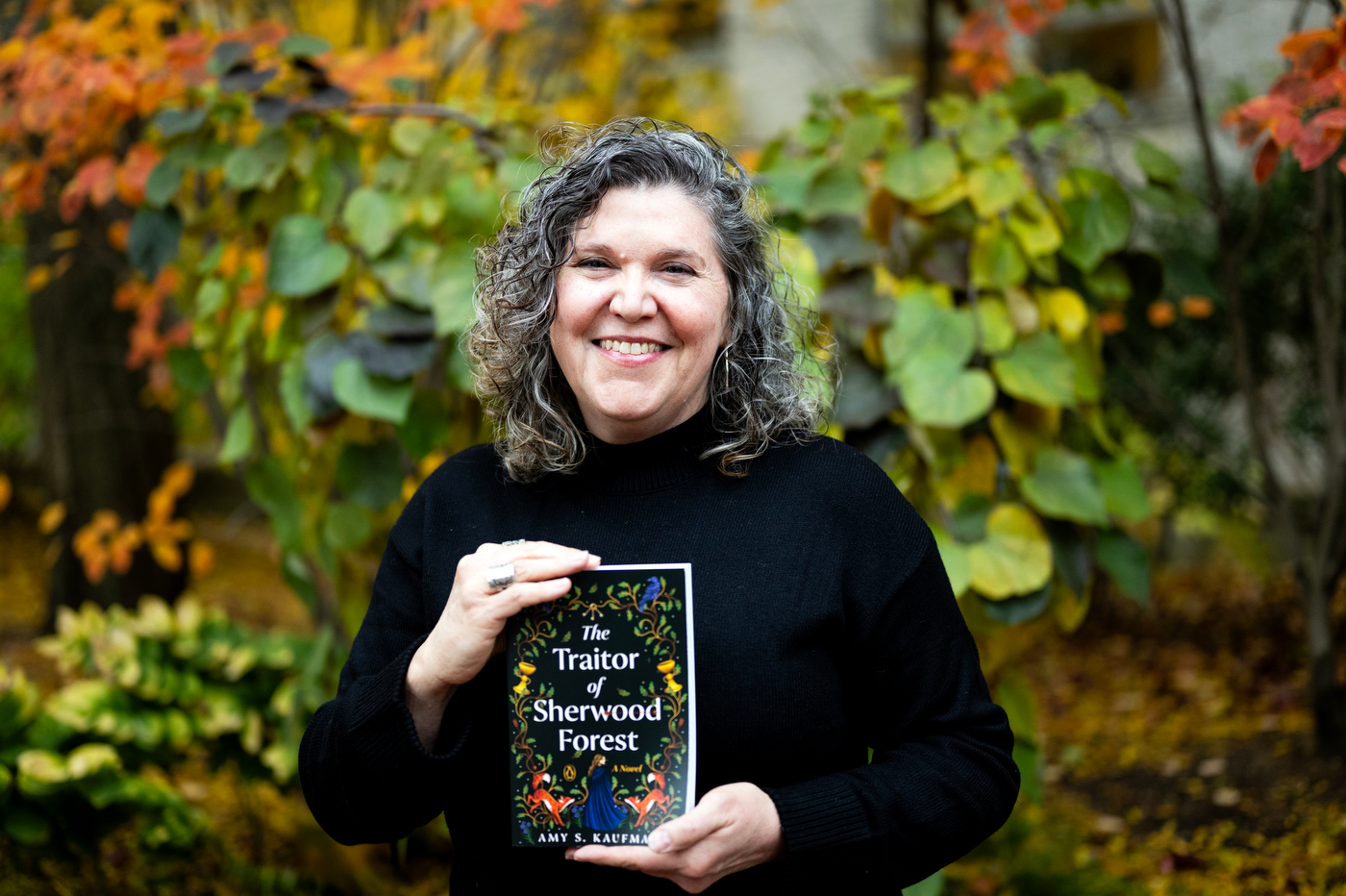The federal government shutdown dragged consumer sentiment in the US to a near record low in November, according to a monthly survey conducted by the University of Michigan.
Consumer sentiment fell about 6% in November, with the consumer sentiment index for November 2025 at 50.3, down from 53.6 in October, nearly three points below expectations. Economists polled by the Wall Street Journal expected a 53.0 index reading.
The monthly index of consumer sentiment was last this low in June 2022, at 50.0, amid inflation during the Covid pandemic. The latest reading is the lowest reported by the index since at least 1978.
“With the federal government shutdown dragging on for over a month, consumers are now expressing worries about potential negative consequences for the economy,” said Joanne Hsu, director of the survey, in a statement.
“This month’s decline in sentiment was widespread throughout the population, seen across age, income, and political affiliation.”
The results come amid a blackout on federal data, such as the monthly jobs report, which was due on Friday, with the usual slate of monthly reports suspended due to the government shutdown. In their absence, investors have been turning to smaller, privately funded research reports.
This week ADP, the US’s largest payroll supplier, said private employers added 42,000 new jobs in October, better than expected but still a dramatic slowdown from the three-month moving average from November to January of 188,000 jobs.
On Thursday, outplacement and executive coaching firm Challenger, Gray & Christmas said US-based employers announced 153,074 job cuts in October, up 175% from the 55,597 cuts announced in October 2024. It was the highest level of layoff for any October since 2003.
“Americans are losing faith in the economy because they’re losing ground. Every day it becomes clearer that president Trump has no real interest in improving the lives of American families,” said Alex Jacquez, Chief of Policy and Advocacy at the think tank Groundwork Collaborative, in a statement on the Michigan survey report.
“His economic mismanagement has left households buried under record debt and rising prices. It’s no surprise consumer sentiment is at its lowest point since 2022 and households are turning to leaders who didn’t just learn the word ‘affordability’.”






